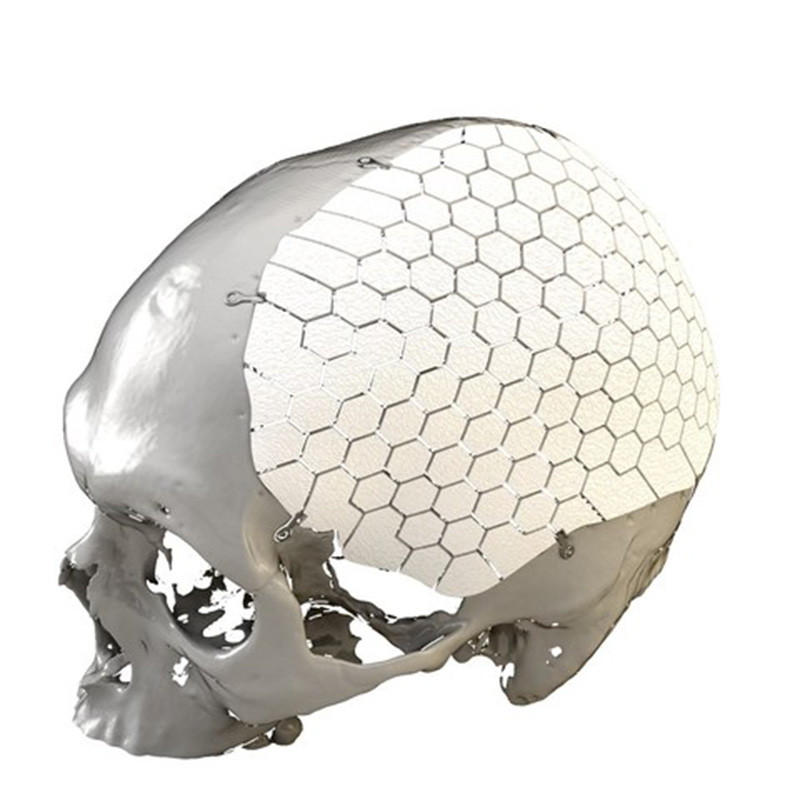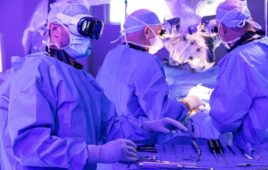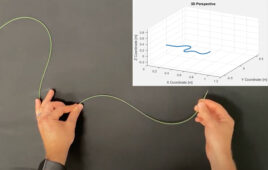OssDsign AB, a Swedish designer, manufacturer, and distributor of next generation implants for cranial and facial reconstruction, announced that it has received 510(k) clearance by the U.S. Food and Drug Administration (FDA) for marketing and sale of OSSDSIGN Cranial PSI in the USA.
“Receiving FDA clearance for our flagship product, OSSDSIGN Cranial, is extremely positive news,” says Anders Lundqvist, CEO of OssDsign. “This means we can continue working according to our existing plan of launching OSSDSIGN Cranial in the US market in Q1 2017. We are in the final stages of setting up an experienced distribution network that will enable OssDsign to rapidly bring the benefits of OSSDSIGN Cranial to surgeons, patients and healthcare systems across the U.S.”
OSSDSIGN Cranial is a patient-specific medical implant intended for reconstruction of cranial defects, a surgical procedure known as cranioplasty. Cranioplasty is traditionally performed by neurosurgeons using the patient’s own bone or by using implants made from inert plastic or metal materials, such as PEEK or titanium. These techniques are known to have a high complication rate, especially infections which may necessitate removal of the implant and further surgery.

(Image credit: OssDsign AB)
Every OSSDSIGN Cranial implant is made to each patient’s unique requirements based on the patient’s computer tomography (CT) information. OssDsign uses advanced computer-assisted design (CAD) and state-of-the-art 3D-printing technologies to produce each unique device. The implant is made from a proprietary calcium phosphate composite, which is reinforced by a strong titanium skeleton.
The OSSDSIGN technology was developed by experienced surgeons and material scientists with the patient’s needs in mind.
“I believe that OSSDSIGN Cranial is a very promising product for cranial bone reconstruction that has led to positive results with two years follow up after introduction,” says Lars Kihlström, MD, Senior Consultant of Neurosurgery at Karolinska University Hospital. “We have used OSSDSIGN Cranial since it was introduced in Sweden; not only does it have good handling characteristics, it also substantially contributes to good outcomes in complex patient groups.”




